The label would tell you that the edible food you throw away every day is the equivalent of a slice of bread, half a tin of mackerel and a teaspoon of butter. These make up almost 10 percent of your daily recommended intake of carbohydrates, proteins and fats.
Every year we throw away around 216,000 tonnes of edible food in Norway. That’s enough food to feed almost half a million people. Waste analyses show that 31 per cent of the waste is leftovers, while 22 per cent consists of fruit and vegetables. All this data can help us to map the nutritional potential of household waste and drive a positive change.
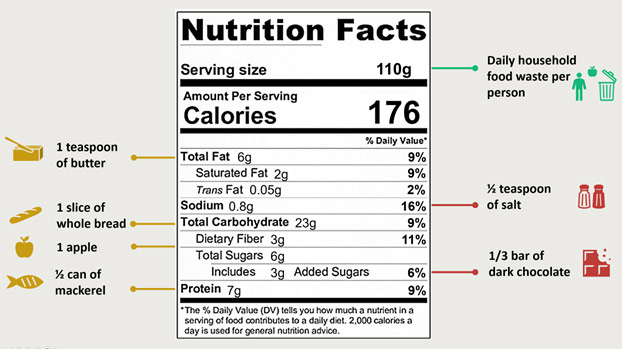
Fate of household food waste
Most of us throw food in two different containers at home i.e. food waste and residual waste containers. Every year we sort around 210,000 tonnes of food waste and around 730,000 tonnes of residual waste. One third of food waste and one fifth of residual waste from household is edible food.
Source-sorted food waste is sent to biogas plants and converted into biogas, a mixture of carbon dioxide and methane. The residue after generating biogas, known as digestate, is often used as a soil enhancer, effectively recycling the nutrients from household food waste. The residual waste which also contains food waste, is sent to incineration plants for energy recovery. According to the Norwegian waste policy, incineration is the least favorable method for resource utilization after landfill which is prohibited in Norway for organic waste since 2009.
Ideally, all food waste should be avoided. If that is not possible, we must at least utilize the nutrients from the waste in the best possible way, for example by using it as animal feed or substrate for insect farming. However, current health and food safety regulations prevent this practice.

Consumers, including households, restaurants and the public sector, account for about 45 percent of Norway’s annual food waste that is around 500,000 tonnes. Food producers, including both crops and livestock, and the food industry (based on land-based foods) each account for 20 percent, while retail, including grocery stores and wholesalers, contributes with 15 percent.
It is not sufficient to quantify the food loss and food waste at various stages of the value chain. It is equally important to understand where and why the losses occur in order to reduce waste and make better use of resources. It is therefore important to find out whether the food waste consists of, for example, fish, chicken or plant-based products and whether it has been processed or has been in contact with animal products.
Good information flow is important
It is easier to trace the waste when it comes from the food industry and the retail. Good data quality and traceability from the industry makes it easier to identify where and why food loss and waste occur, and facilitate the development and implementation of preventive measures. Cleaner and better defined food loss and waste streams also make it easier to utilize the resources from the waste, for example as animal feed, rather than simply converting it to energy.
Increasing the value of food waste at consumer level is particularly challenging because edible food is thrown away with inedible parts such as bones, fruit pits and more. Today the data on volumes of waste is available as it is weighed upon collection and delivery to biogas and incineration plants.
In addition, we have the composition data obtained through waste analysis where the food waste is categorized into food groups, but this is done manually which can lead to uncertainties in the data. This is also an expensive process that is conducted sporadically. Therefore, it is difficult to capture seasonal trends. In Norway, only two nationwide analyses of food waste have been carried out, in 2016 and 2020.
To reduce food waste from households and ensure that waste is used efficiently, we should prioritize generating better data and analyzing it, along with the development of innovative technological solutions. As consumers, we can contribute directly to preventing food waste that could otherwise feed 480,000 people annually.
A small step, like finishing that slice of bread with mackerel, can really make a difference!

References:
Statistics Norway. Quantities of food and beverages sold per person per year, by food groups (kg) 2018 [Internet]. 2024 Sep 6. Available from: https://www.ssb.no/en/statbank/table/13692.
European Food Safety Authority. Dietary Reference Values for the EU [Internet]. 2024 Sep 6. Available from: https://multimedia.efsa.europa.eu/drvs/index.htm.
Lovdata. Forskrift om gjenvinning og behandling av avfall (avfallsforskriften) [Internet]. 2024 Sep 9. Available from: https://lovdata.no/dokument/SF/forskrift/2004-06-01-930/KAPITTEL_9#%C2%A79-4.
The International Platform of Insects for Food and Feed (IPIFF). IPIFF Guide on Good Hygiene Practices for European Union Producers of Insects as Food and Feed. 2024.
Stensgård A, et al. Kartleggingsrapport for matbransjen, undervisning- og omsorgsektoren og forbrukerleddet. 2021.
Mattilsynet. Matvaretabellen 2023 [Internet]. 2024 Sep 6. Available from: https://mattilsynet-xp7prod.enonic.cloud/_/attachment/inline/f74f6989-4e9a-4c2f-86af-57a2feaeadb2:6b4001ed9d2de7676deaf5403d419071b2eb7396/matvaretabellen-2023.xlsx.
Sirk Norge. Vår bransje gjør avfall om til nye råvarer [Internet]. 2024 Sep 9. Available from: https://sirknorge.no/om-bransjen.
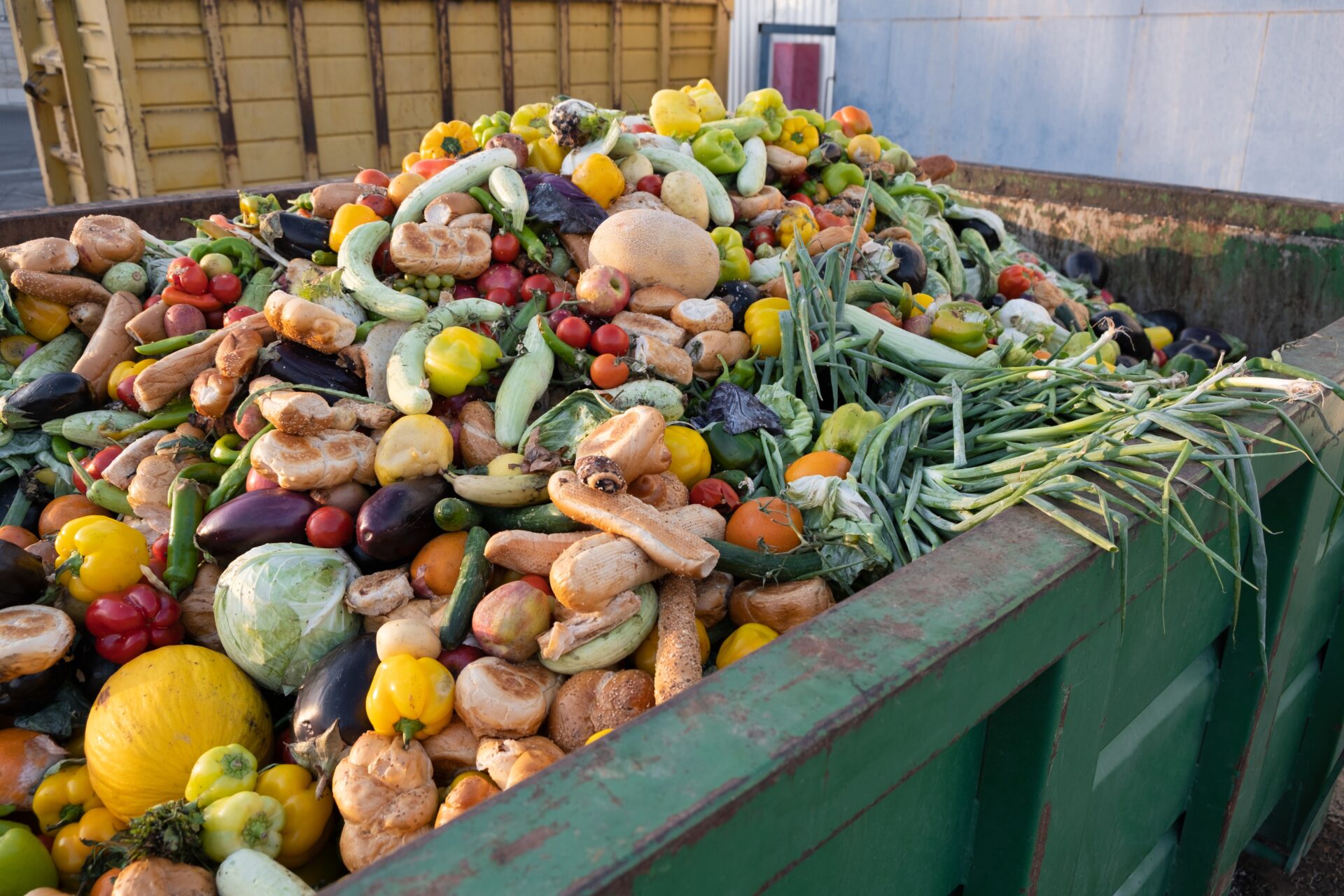

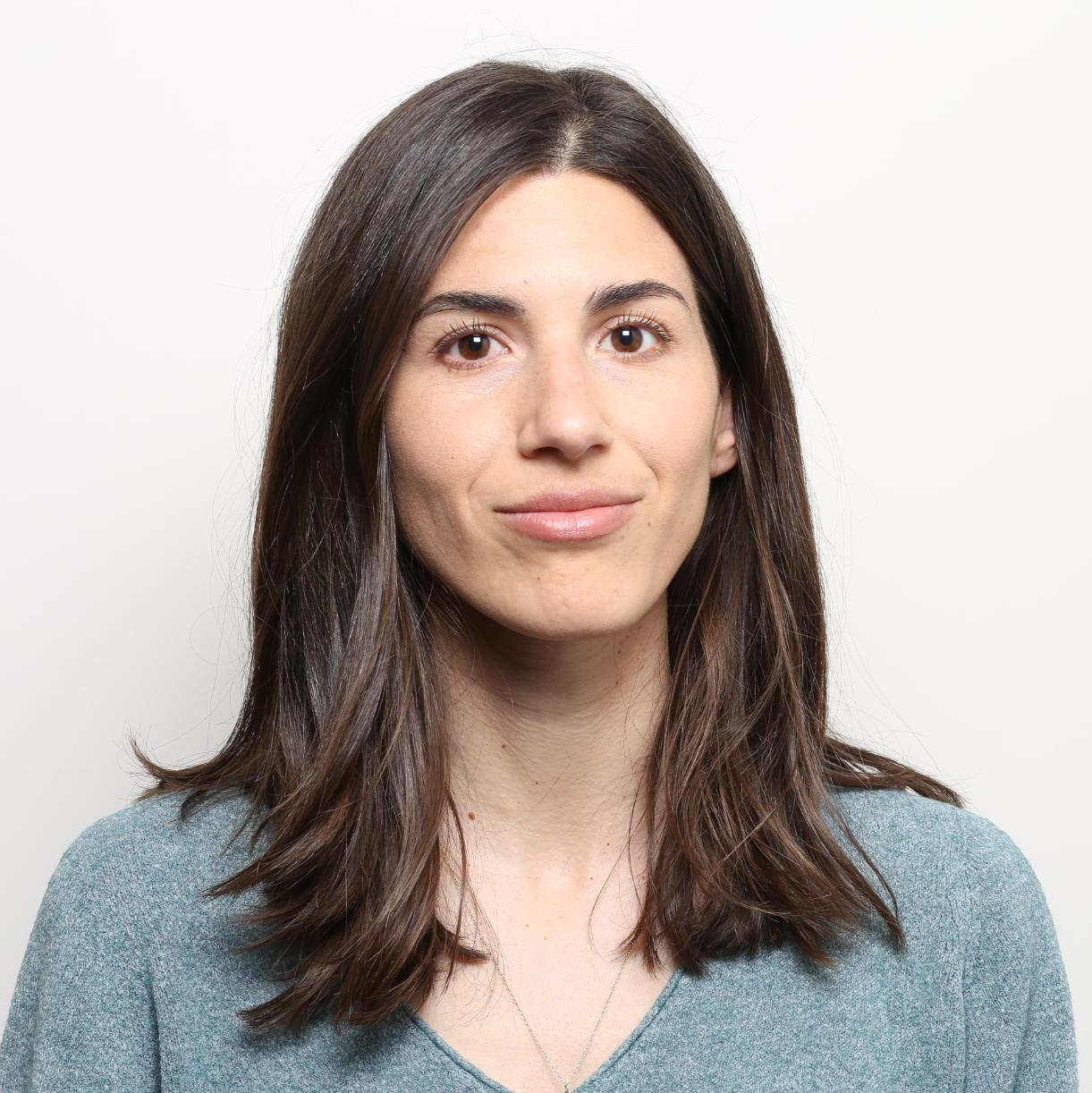
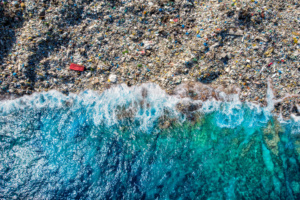

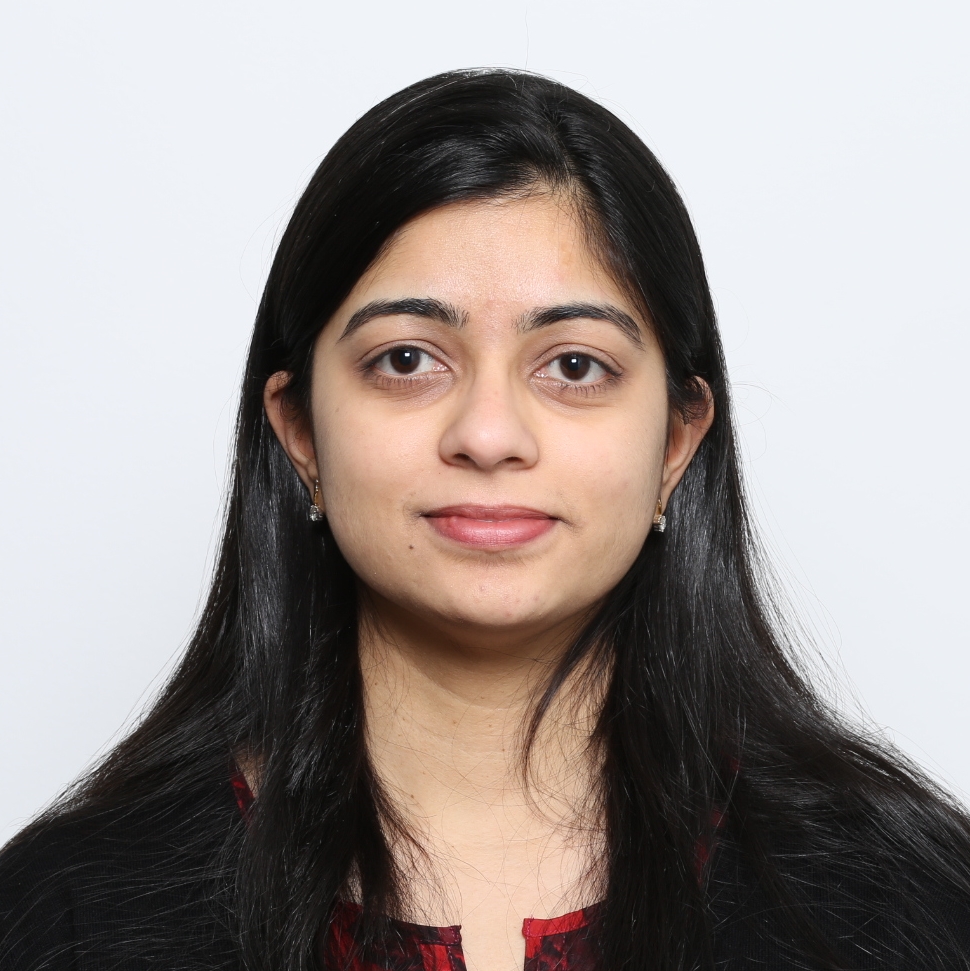

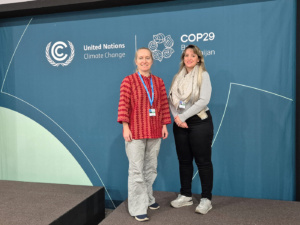
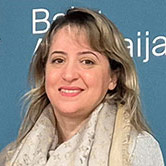
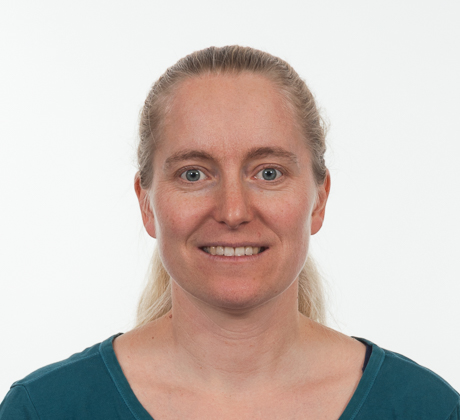


Comments
No comments yet. Be the first to comment!